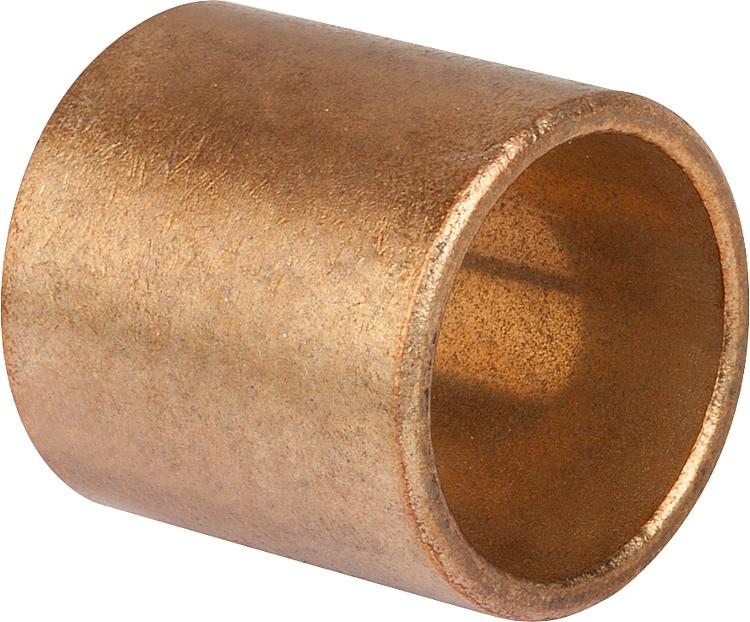bronze
Bronze is an alloy of copper with tin, lead, aluminum and other elements. Because there are more variants, in technical practice the plural is used as a collective name - bronzes.
The main ingredient of the alloy is never zinc, then the alloy is called brass.
Distribution of bronzes
Bronzes are divided according to the number of components and the main ingredient
two-component bronzes:
tin bronzes
lead bronzes
aluminum bronzes
and others
multi-component bronzes:
for example tin-lead bronze
red bronze
According to the purpose, bronzes are divided into
formed
foundry
Tin bronzes
Tin bronzes contain up to 20% tin. At the maximum proportion, they have the highest strength, at a proportion of around 5 to 7% of tin, they have the greatest ductility. The structure of bronzes up to the limit of 5 to 7% Sn is homogeneous, with a higher proportion heterogeneous. Tin bronzes have good corrosion resistance in the atmosphere, sea water and superheated steam. However, they are attacked by some acids (nitric, sulfuric), sodium hydroxide and ammonia. They are also corroded by dry gases (oxygen, chlorine, fluorine, sulfur dioxide) in a humid environment.
Homogeneous bronzes are formed cold or hot. During cold forming, some of them can be hardened up to 900 MPa.
Aluminum bronzes
Aluminum bronzes contain up to 10% aluminum, but also 2 to 8% other additives (manganese, nickel, iron) that improve their properties. They have a uniform chemical composition, good runability and high density, but also a tendency to columnar crystallization. With a share of around 10% aluminum, they have the highest strength, with a share of around 7% aluminum, in turn, they have the greatest ductility. Aluminum bronzes have better corrosion resistance than tin and brass, because they create a protective surface layer of copper and aluminum oxides. The exception is alloys with 5 to 8% aluminum. They resist corrosion in the atmosphere, sea water and some acids, including sulfuric acid. However, they dissolve in nitric acid and alkalis.
Due to crystallization, they must be hot formed before cold forming. Some bronzes can be hardened and tempered.
Aluminum bronzes also include the so-called Nordic gold, an alloy used to make coins.

